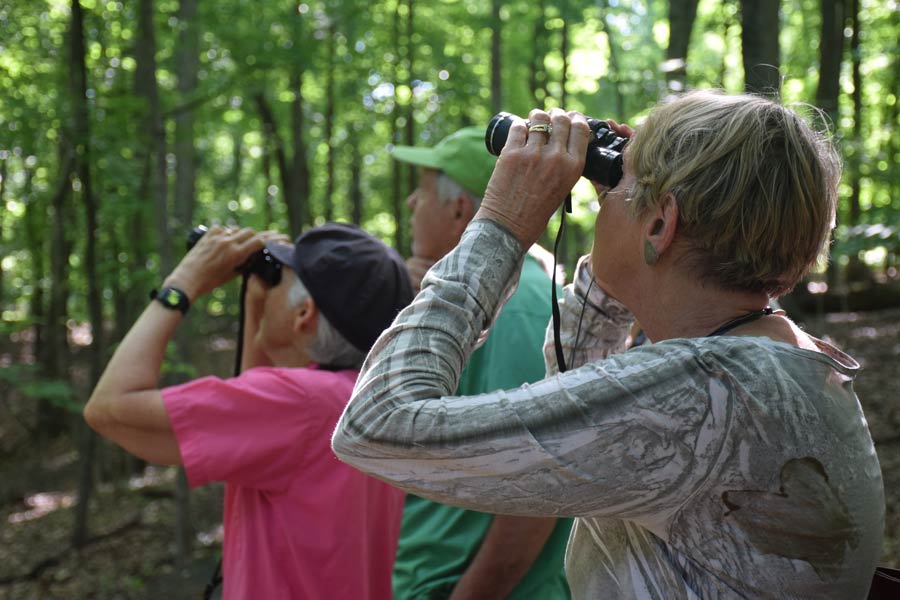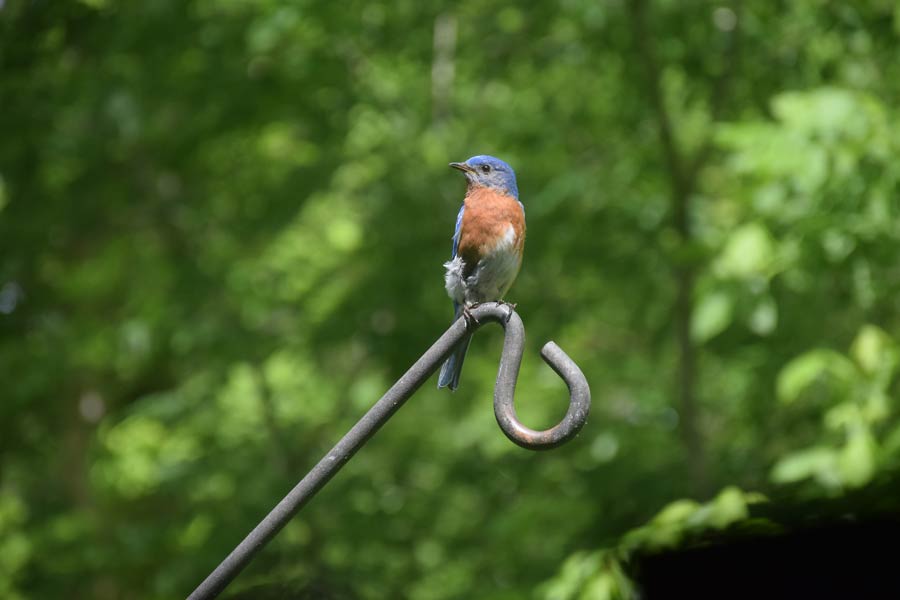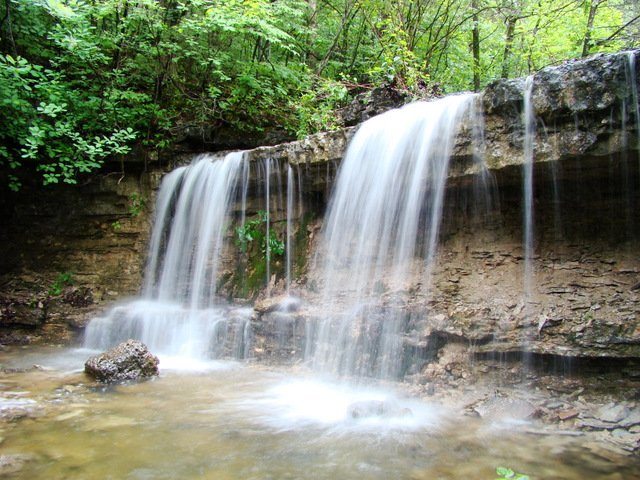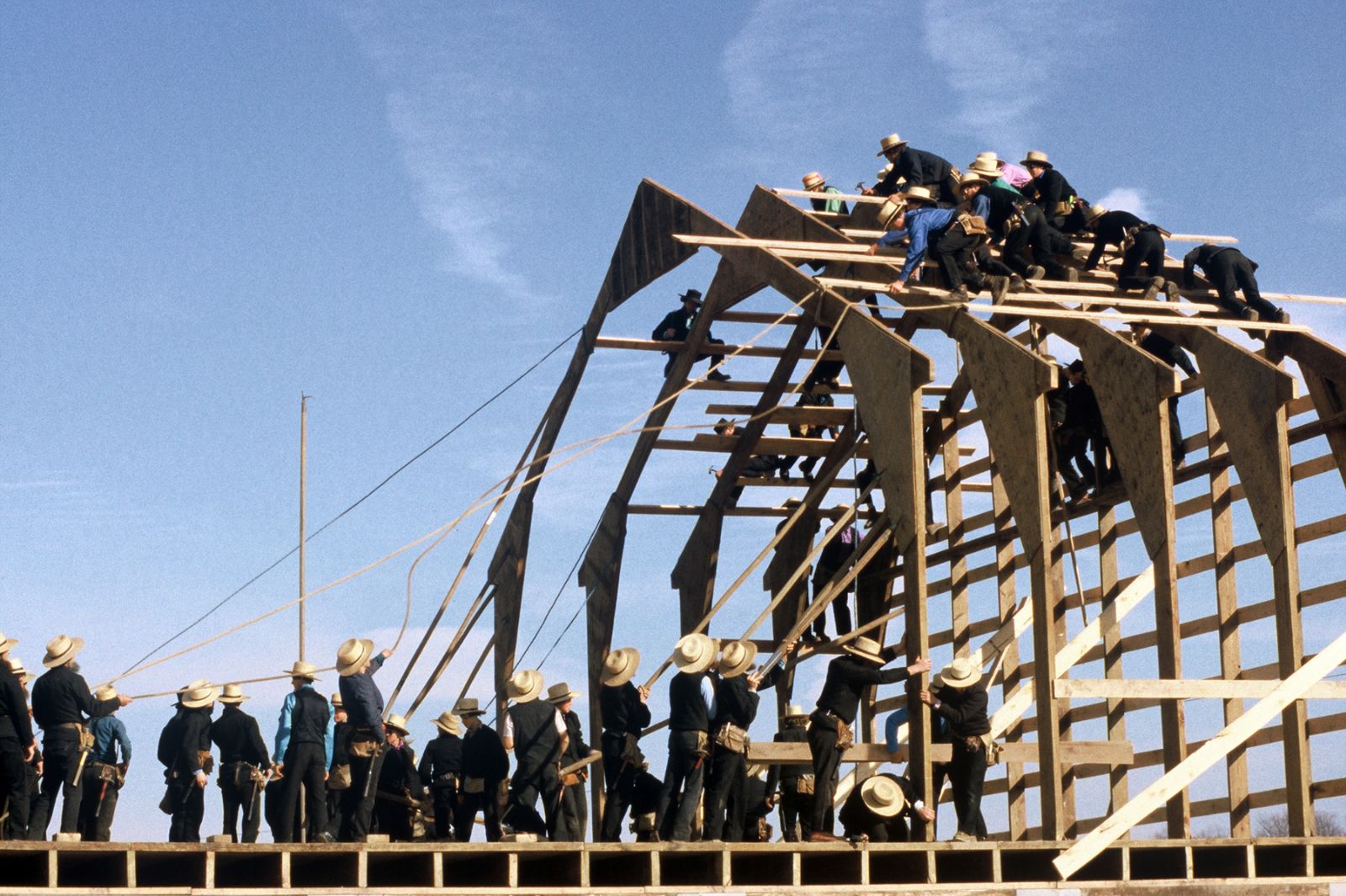As spring arrives, Missouri’s 1.1 million birders are pulling out their binoculars and their hiking shoes, ready to get back outdoors. “Missouri is the nation’s crossroads for both birds and birders,” says Mike Doyen, president of the Missouri Bird Conservation Foundation. He says bird-watchers can enjoy the season’s bird migration peak period from mid-April to mid-May, with “practically every migrating bird in the world flying through our state.”
“The crescendos of bird songs happening in our backyards during spring are so wonderful, as birds sing to attract mates—even the birds passing through Missouri, heading to Canada or Alaska,” Mike says.
Missouri hosts an impressive number of bird groups, including songbirds, raptors, waterfowl, wading birds, game birds, swifts, shorebirds, and nighthawks. Because spring is nesting season for most birds, this time of year gives bird enthusiasts a chance to be more aware of the day-to-day intricacies of birds’ lives.
And now, a recently developed tool will help Missouri birders enhance their experience. The Great Missouri Birding Trail is an interactive, web-based “virtual” trail that maps out the best places to spot birds across the state.
The website, GreatMissouriBirdingTrail.com, is mobile-friendly so birders can reference it right from their cell phones in the field. The trail is divided into six regions: St. Louis, Central, Kansas City, Southeast, Southwest, and Northeast.
Details for each of the 200 sites on the trail’s map include the area habitat, birds you are likely to see there, a printable map of the area, driving directions, and a link to the area’s eBird page for reports of recent sightings and birding history. The trail map is designed to introduce new and seasoned birders to the diverse Missouri habitats that more than 335 species of birds visit during most years. It’s a map 10 years in the making.
“We’re fortunate to live in one of the most active birding locations in the country,” says Mike, who founded The Great Missouri Birding Trail. And he should know. A certified master naturalist, he’s also past president of the Audubon Society of Missouri and former president of the Ozark Rivers Chapter of the National Audubon Society. He is active in the American Birding Association, the Missouri Prairie Foundation, The Nature Conservancy, and the Missouri Clean Streams effort. He also says he’s birded every county in Missouri.
Mike, who lives in Rolla, has been actively working to improve access to Missouri birding sites for a couple of decades.
“We started the Audubon Trails Nature Center 20-some-odd years ago, then I went on public radio station KMST with a segment I called The Backyard Birder. It was about birding in the Ozarks,” he says. “We kept seeing the need for more comprehensive guides and resources for people who enjoyed birds throughout Missouri, so we studied other options and landed on this online map concept.”
The Audubon Trails Nature Center, located within the Rolla city limits, encompasses 70 acres of diverse habitats and includes three miles of earthen trails for walking or biking. The nature center is one of the sites on the map.
The Great Missouri Birding Trail website and map is a partnership between the Missouri Bird Conservation Foundation, the Missouri Department of Conservation, and Wallis Companies, the franchisee of Missouri’s On the Run convenience stores. Mike says private residents, avid birders, landholders, and conservation groups all made invaluable contributions to development of the trail.
The Birding Trail elements and details took a few years to plan, but the planning paid o. MDC avian ecologist and state ornithologist Sarah Kendrick says the result is a thorough online guide of birding spots as well as tips and tricks to help new birders learn how to bird-watch.
“We wanted birding to be accessible, easy to start, and fun,” Sarah says. “Birds are awesome, and birding is a great reason for folks to get outdoors and learn about the natural world.”

200 Choice Sites
Mike says the locations on the final birding trail were selected based on one overriding criterion: high-quality, native Missouri habitat.
“If the habitat is right, the birds will be there. That’s another reason we need to replenish our native plants and grasses in Missouri and be sure our areas are bird-friendly,” Mike says. “If the right habitats aren’t there, birds that depend on them can’t survive.”
Jason Sumners, MDC wildlife division chief, says that out of 10,000 possible birding locations in Missouri, 1,000 of them were surveyed through physical visits by Mike, MDC staffers, and other birders to choose the best sites for the trail. “If it wasn’t best for the birds, then it wasn’t best for the map,” he says.
Ultimately, 200 of the 10,000 potential sites were selected.
The trail website also provides educational pointers to help people identify more common birds on their own properties as well as attract birds they want to see. Tips include adding bird baths because “water will attract more birds than anything else,” learning what type of bird feeder or bird feed to use to attract desired birds, and learning to listen for birds before they are in sight.
Mike says up to 85 percent of Missouri’s birders are those who put out bird feed and monitor their own yards or those who frequent city parks to watch for birds. These birders enjoy what he calls their “frequent flying friends,” including cardinals, blue jays, chickadees, titmice, crows, and native bluebirds, the official Missouri state bird since 1927.
While spring is an ideal time to bird-watch, some birds, such as mallard ducks, starlings, blackbirds, and turkeys, often gather in the highest numbers of the year by forming flocks during Missouri winters. According to observations from bird-watchers, conservation specialists, and naturalists, this can lead to abundant opportunities to watch and photograph bird group behaviors. Flocking helps birds avoid predators, find food, and share warmth.

Rare Birds
One of the best parts of birding is the variety of different birds to chase, Sarah says. She cautions, however, that because birds have the power of flight, some species can be challenging to track down if they are uncommon or just pass through an area. Birds are good about choosing mobility as a means of survival, she notes, even moving their territories and nests into completely different areas year to year if they have a few consecutive years of “unsuccessful nesting.”
Nine birds are on Missouri’s endangered list due to loss of appropriate habitat in the state: American bittern, northern harrier, snowy egret, Swainson’s warbler, Bachman’s sparrow, king rail, greater prairie-chicken, interior least tern, and peregrine falcon. Greater prairie-chickens become more visible to birders in northwest Missouri in February as they begin courting. The interior least tern nests on exposed sandbars, so sightings depend on river levels and flooding status. At least a few make an appearance each year. Peregrine falcons show up in Kansas City and St. Louis because scientists and volunteers have installed nest boxes for them on high rooftops even though their natural cli-dwelling habitats are difficult to find.
According to the latest figures of The Audubon Society of Missouri, there were 434 bird species documented on the official checklist for Missouri in 2016. Of those species, 50 are classified as accidental (1 to 4 recorded sightings), 31 are casual (5 to 15 records), 11 are provisional (1 or more records but aren’t necessarily backed up by photos or specimens), 7 were introduced to North America (here because of human action), 5 are extinct (truly no longer exist), and 3 have been extirpated (no longer found in Missouri but are alive elsewhere). You can find the society’s full checklist at MoBirds.org/Birds/MOChecklist.aspx.
Sarah cites scarce birds that are especially fun to view in Missouri: painted buntings, scissor-tailed flycatchers, migrating Blackburnian warblers, snowy owls, and short-eared owls. Other rare birds that are sometimes spotted in Missouri include American bitterns, northern harriers, snowy egrets, Swainson’s warblers, and king rails.

Plant Native at Home
When Mike started the Missouri birding mapping project, he wanted it to be more than a list of the best places to view birds in the state. The veteran bird-watcher says the mission was for the online birding guidance to function as an educational tool for bird conservation, including the importance of native plants and habitat.
“The Missouri Department of Conservation has done more than anyone to save precious bird habitat across Missouri. Now, it’s our turn to join the fight,” Mike says. “Imagine, 15 to 20 years from now, if hundreds of thousands of privately owned backyards and back forties are planted in native grasses, wildflowers, and trees. Plant native, grow native, and bring native Missouri back to your property.”
Taking a holistic approach to bird-friendly habitat has another positive advantage, Sarah says. Bird-watching is a great hobby because “no two birding trips are ever the same.”
Watching birds in the wild binds people to nature, she says, whether they realize it or not. With this Great Missouri Birding Trail map, anyone can join the 47 million birdwatchers nationwide who are on the magical hunt.
Top photo by William Settle
Related Posts
7 Missouri Waterfalls
A haven for gorgeous scenery, the Ozarks is brimming with stunning waterfalls. April and May are great months to enjoy our waterfalls, as water flow is at its peak from spring showers.
Pickleball Is Taking Missouri By Storm
It took about a decade for pickleball to sweep Missouri. With more than 100 locations developed since 2010, Missouri might just have the fastest-growing pickleball community in the country.
Discovering Amish Country
Tour a simple life at six Amish Communities



